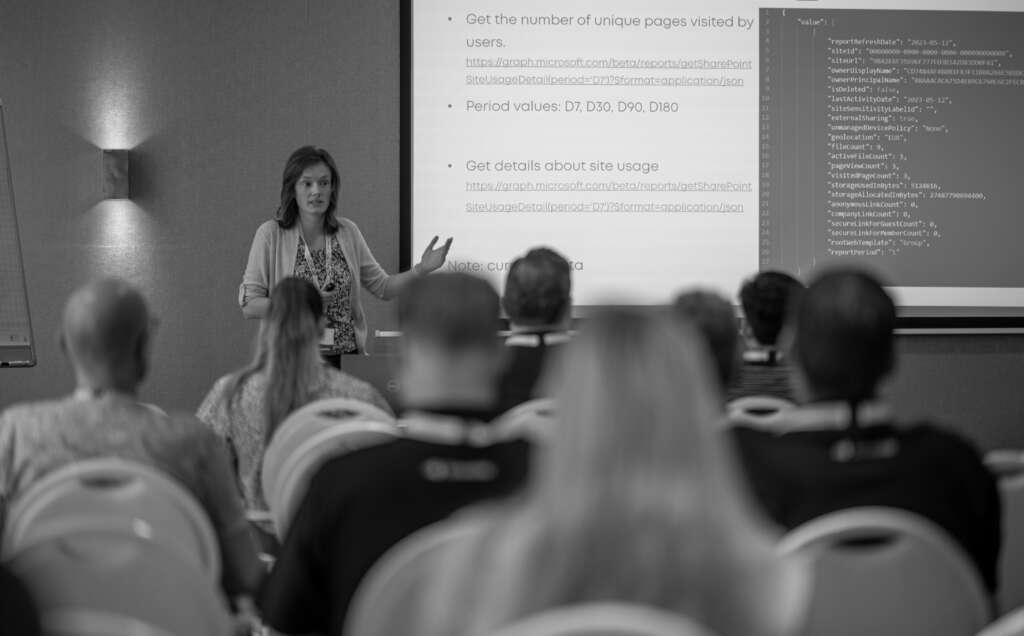This blog post is the third in a series of blog posts in which we focus on multiple facets of migrating PeopleSoft to the Cloud. We take a look from various angles like technology, compliancy, approach and the value for your business. Today we take a look on running PeopleSoft on Microsoft Azure, Amazon Web Services (AWS) and Google Cloud (GC).
The Cloud is ready for PeopleSoft. Learn if you are ready for the Cloud.
Running PeopleSoft from the other Clouds
In my previous blog post we focused on running PeopleSoft on Oracle Cloud Infrastructure (OCI); the natural home for PeopleSoft. Running PeopleSoft on OCI is a logical step as it will give you all the advantages of being able to use the PeopleSoft Cloud Manager. However OCI is not the only place in the world where you can run PeopleSoft. Technically you can run PeopleSoft on any Cloud that provides infrastructure (IaaS) based services. But what options are on the table without sacrificing the support you get from Oracle on your PeopleSoft-application? So; in the blog post we look at the possibilities of running PeopleSoft on other hyperscalers, like Azure, AWS or Google Cloud.

Running PeopleSoft on Azure
Microsoft Azure is among the most popular hyperscalers in Europe. In market share Azure takes the second place globally. So for sure many customers are looking for the option of running PeopleSoft on Azure.
Running PeopleSoft on Azure is something you can do without issues. When running PeopleSoft on Azure you just get the same functionalities from PeopleSoft as running on-premise; not more and not less. You will not get the advantages of PeopleSoft Cloud Manager; and thus are bound to perform more activities manually. Just as you are used to do in your on-premise environment. The only real difference is that you are using Cloud infrastructure (which may have its own advantages compared to on-premise for you) instead of the bare metal or virtualised servers you are using on-premise.
Although Azure has a Database as a Service (DBaaS) offering for SQL Server; you cannot take the advantage of it if your PeopleSoft-application is running on Microsoft SQL Server. The Managed Cloud Database Service or Azure SQL Database is not supported by PeopleTools. So; you are bound to run a classic SQL Server installation on a virtual machine.
Running PeopleSoft on Azure is a logical choice if you are bound to Microsoft SQL Server. If you technically cannot migrate your PeopleSoft database from SQL Server to an Oracle Database; also on Oracle Infrastructure Cloud (OCI) you are unable to get the advantages of PeopleSoft Cloud Manager.
Running PeopleSoft on AWS
Amazons AWS is the largest and most popular hyperscaler globally. Many organizations have PeopleSoft running on AWS without issues. Just like with Azure; also on AWS you just get the same functionalities from PeopleSoft as running on-premise; not more and not less. On AWS you will miss out on the advantages of PeopleSoft Cloud Manager. You are just using the Cloud infrastructure to host your PeopleSoft-application. From an infrastructure perspective this may have its own advantages, but from a PeopleSoft perspective there’s no real difference with on-premise.
Amazon has with its Relational Database Service (RDS), for both Oracle Database and Microsoft SQL Server, an Database as a Service (DBaaS) offering. Despite of being technically able to get PeopleSoft running on Amazon RDS; this solution is not certified by Oracle for PeopleSoft. This means that on AWS you are also bound to run a classic database installation on an elastic compute cloud resource.
Running PeopleSoft on AWS is a logical choice if the AWS ecosystem is offering some important services you won’t miss out on.
Running PeopleSoft on Google Cloud
Google Cloud takes the third position globally among the hyperscalers. For PeopleSoft Google Cloud is no real option. Although you might get it to work technically; from a support and licence perspective Google Cloud is a no-go. Both the Oracle Database as other middleware components within the PeopleSoft stack are not authorised nor supported to be used on Google Cloud.
If you really want to go the Google way then the only legal way is to go fully bare metal. But are you then really moving PeopleSoft to the Cloud? Or are you just using some other datacentre?
Are other Clouds an option?
With Azure, AWS and Google Gloud we covered the three leading hyperscalers in terms of market share. However there are dozens of other Cloud providers that have an Infrastructure as a Service (IaaS)-offering. From a technical perspective you most likely are able to build a working PeopleSoft-environment on top of them. However as seen with Google Cloud, this does not mean that it will be certified, supported or even authorised. As PeopleSoft has many Oracle software components in its stack; and as these components generally only are authorised to be used on Oracle Cloud Infrastructure (OCI), Azure and Amazon EC2 or RDS; its safe to assume, as a rule of thumb, that running PeopleSoft on another Cloud infrastructure provider of your choice will not be certified or supported.
Making the right choice
Ultimately the choice for the right Cloud to run your PeopleSoft-application depends on your organization’s unique needs and circumstances. Factors to be considered include:
- Your existing PeopleSoft-application
- Your existing technology stack
- Your existing integrations
- Available skills and expertise
- The ecosystem and familiarity of the Cloud provider
- Geographic presence
- Data gravity considerations*
- Cost considerations
- Complexity of the migration
- Level of customisation of your PeopleSoft-environment
- Performance and scalability requirements
- Compliancy requirements
- Availability and disaster recovery requirements
- Your long term (Cloud-)strategy
* Data gravity is the effect that as data accumulates in your system/application, it becomes harder and more costly to move and process. So; it might be more efficient to process the data where it resides.
Can we help you?
Moving PeopleSoft to the Cloud is a major decision for your organisation. It comprises risks but it can also bring a wealth of benefits to your business. At Blis Digital we can help you to make your Cloud transition as smooth as possible.
The Cloud is here to stay. Make the switch with Blis Digital.









